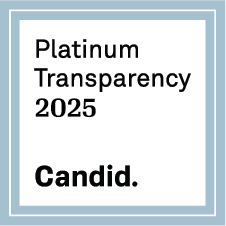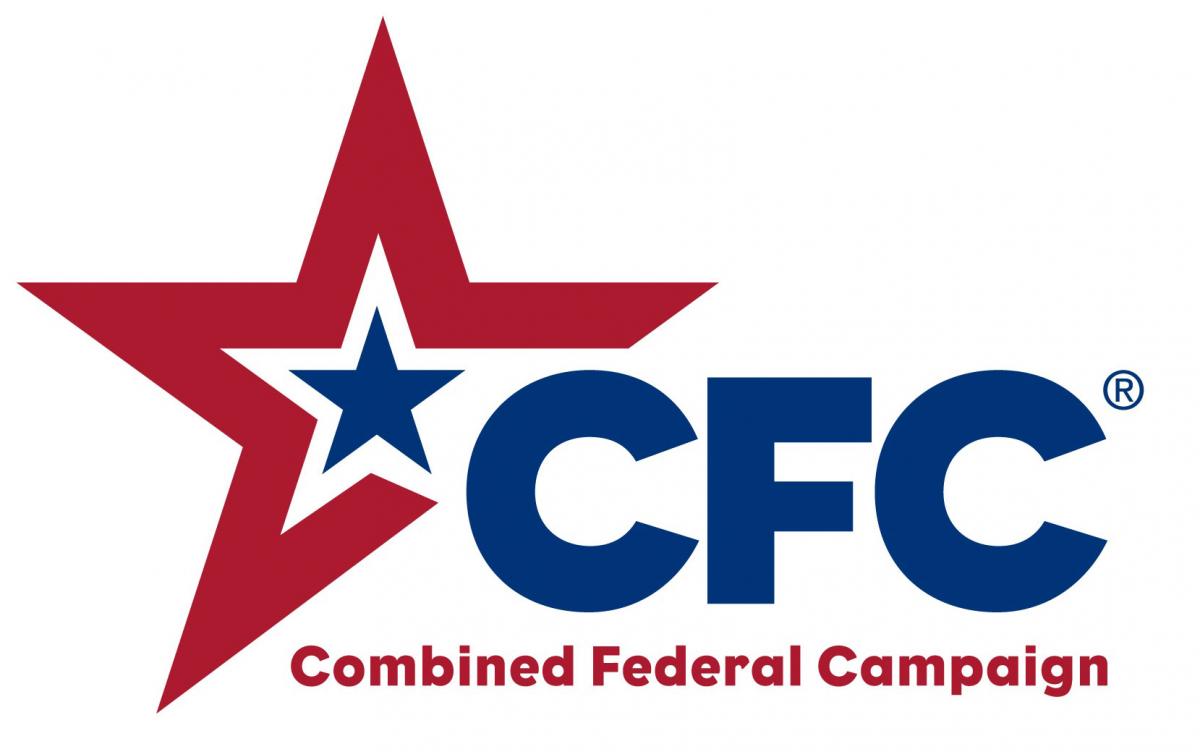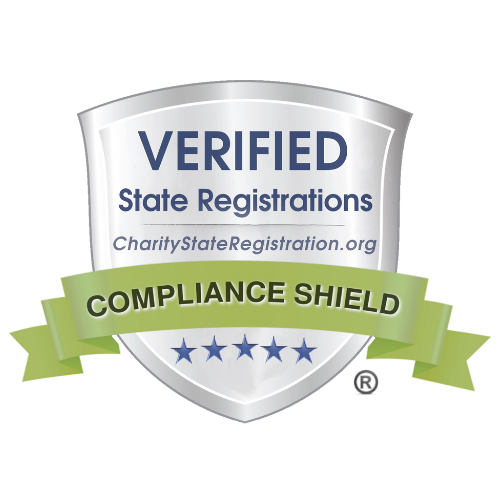Permanent Residency and Visa Bulletin Updates
Last Updated
Topics
When religious workers wish to obtain their Green Card and become lawful permanent residents, the primary path available is through their employment. The first step is for their employer to file the I-360 petition with USCIS, which classifies the religious worker as a “special immigrant religious worker” who is eligible to adjust their status to lawful permanent resident. While the decision over whether to file for permanent residency or not is of course a very serious matter, hopefully it is a decision that can be made relatively quickly as it is highly advised that the I-360 be filed as soon as possible. While an approved I-360 remains valid for as long as the petitioner continues to offer the employment as stated in the petition, the filing date of the I-360 directly effects when the actual I-485 application to adjust status to lawful permanent resident may be filed. Once the I-485 application is filed, the religious worker may stay in the United States for as long as the application is still pending. However, even with the approved I-360 the religious worker may not file the I-485 until their filing date on the visa bulletin is current with their priority date.
The visa bulletin is a series of charts issued each month by the government stating who is eligible to file for and be granted permanent residency. There are only a limited number of immigrant visas available each year under the various categories of adjustment, so the visa bulletin is updated monthly to track all the incoming data and state who is eligible to adjust when. For religious workers, one would look towards the employment-based adjustment charts; note that there are two different charts. Each month, USCIS will state on their website which of the two charts they will be using, so it is important to verify that you are referring to the proper chart as they do not always have the same dates. Once the right chart is identified, the religious worker should look down the Y axis for the row designated “4th” category if adjusting as a minister (priest), or the row below that designated “Certain Religious Workers” for everyone who is not a minister. Then you should look at the X axis which breaks the columns into different nationalities. If the religious worker is not from China, India, Mexico, or the Philippines, then they fall under the first column of “All Chargeability Areas Except Those Listed.” Wherever these axes appropriately intersect will be a stated date known as the filing date.
A religious worker may not file the I-485 application until their priority date, or the date the I-360 petition was filed, is the same as or earlier than corresponding filing date in the visa bulletin. In April of 2023, certain changes were made to the visa bulletin that knocked back the filing date for the 4th and Certain Religious Workers categories all the way back to Sept. 1, 2018, regardless of nationality. From May 2016 until this April 2023 notice, there was an additional column in the visa bulletin for individuals from El Salvador, Guatemala, and Honduras. However, as per the Department of State’s notice in 88 Fed. Reg. 18252, they removed this column from the bulletin, folded individuals from this category into the original catch-all column of “All Chargeability Areas Except Those Listed,” and this resulted in the severe retrogression that has caused many thousands of religious workers to leave the United States because they could no longer file for adjustment before their R-1 religious worker status expired.
Now it has been over a year since the retrogression and there has been some improvement, but it is still years behind being current (meaning able to file the I-485 immediately). The visa bulletin has hit a pattern of moving up a couple of months in one change, stalling in place for several months, then jumping forward again. The current filing date for all religious workers, regardless of nationality or whether they are a minister, has moved up to Feb. 1, 2021. This has thankfully been enough so that some religious workers who had to leave the country last year have been able to return and file their I-485 applications, but many more are still stuck in a holding pattern, waiting for the visa bulletin to move up enough to allow them to file. However, this fall non-ministers may be stuck in an even more aggravating holding pattern, one that determines not when they can file the I-485, but whether they are even eligible to file the I-485 in the first place.
While ministers fall under the 4th category of the visa bulletin and as such may file for adjustment whenever the visa bulletin says their filing date is appropriate, non-ministers, primarily religious sisters, do not have the same statutory benefits for adjustment of status. There is a temporary law referred to as the Non-Minister Sunset Provision that states non-ministers such as religious sisters may file for adjustment. However, as the “sunset” part of that title indicates, this is a temporary provision that is tied to the federal budget and requires renewal every year when the federal government sets the congressional budget. The current budget deadline has been extended to Dec. 20, and if a new budget is not agreed upon by then, religious sisters will not be able to file the I-485 regardless of filing dates until either another continuing resolution pushes out the budget deadline or a budget is finally agreed upon. The Non-Minister Sunset Provision has always eventually been renewed once the budget is agreed upon, but if budgetary negotiations drag on, there will likely be a period where filing for adjustment of status for non-ministers will simply not be an option.
For those who do get to file the I-485 application, there have been a few changes to the process as well. Part of filing the I-485 is submitting the medical exam, and applicants whose cases have been pending for a while may be sent a request from USCIS to renew them. Medical exams signed on or after Nov. 1, 2023, are now considered valid for the entirety of the I-485 application. The automatic extension period for I-765 employment authorization renewals has been extended all the way out from 180 days to 540 days. So, any current I-485 applicant who timely files an I-765 renewal to extend their work authorization while their I-485 is pending between April 8, 2024, and Sept. 30, 2025, can continue working for up to 540 days from the date of filing while the I-765 is pending. This should hopefully be more than enough time for the I-485 to be approved without needing another approval. As for the I-131 application for advanced parole, which allows individuals to travel while the I-485 is pending, we have seen a severe increase in processing times in numerous cases. Therefore, we highly advise individuals wishing to travel to file these applications as soon as they are able.
Disclaimer: This article provides the latest update on the Visa Bulletin and other processes, but please note that the information may change. Visa availability, laws, and procedures are subject to updates. It is important to stay informed and regularly monitor changes. We strongly recommend seeking advice from a qualified immigration attorney to ensure you have the most accurate and up-to-date guidance for your specific situation.





